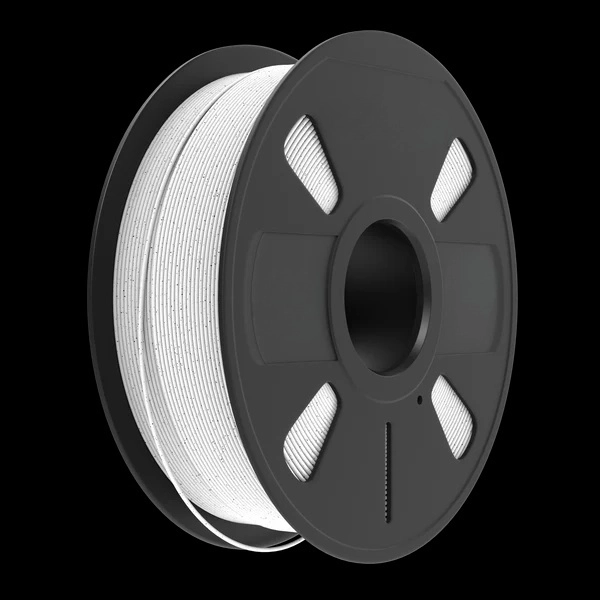In today's consumer-driven world, plastic bags have become an integral part of our daily lives. From grocery shopping to packaging, plastic bags are widely used due to their convenience and durability. However, have you ever wondered how these bags are printed with logos, designs, or important information? In this blog post, we will delve into the world of printing methods for plastic bags, exploring the various techniques employed and their advantages.
- Flexographic Printing:
Flexographic printing is the most commonly used method for printing on plastic bags. It involves a flexible relief plate made of rubber or photopolymer, which is mounted on a rotating cylinder. The plate transfers ink onto the plastic surface, creating the desired design. Flexographic printing offers high-speed production, excellent color reproduction, and the ability to print on various types of plastic materials. - Gravure Printing:
Gravure printing, also known as rotogravure printing, is another popular method for printing on plastic bags. It utilizes engraved cylinders that transfer ink onto the plastic surface. Gravure printing offers exceptional image quality, sharpness, and consistency. It is often preferred for high-volume production and when intricate designs or fine details are required. However, it is a more expensive option compared to flexographic printing. - Digital Printing:
With advancements in technology, digital printing has emerged as a viable option for printing on plastic bags. This method involves directly transferring the design from a digital file onto the plastic surface using inkjet or laser technology. Digital printing offers quick turnaround times, cost-effectiveness for short runs, and the ability to customize each bag with unique designs. However, it may not be suitable for large-scale production due to slower printing speeds. - Screen Printing:
Screen printing, also known as silk screen printing, is a versatile method used for printing on various surfaces, including plastic bags. It involves pushing ink through a mesh screen onto the plastic surface, creating the desired design. Screen printing offers vibrant colors, excellent ink adhesion, and the ability to print on textured or uneven surfaces. It is often chosen for smaller print runs or when a thicker ink layer is desired.
Conclusion:
When it comes to printing on plastic bags, choosing the right method is crucial to achieve optimal results. Flexographic printing is the go-to choice for most applications due to its versatility and cost-effectiveness. Gravure printing excels in high-volume production and intricate designs, while digital printing offers customization and quick turnaround times for smaller runs. Screen printing provides versatility and vibrant colors for specific requirements. By understanding the strengths of each method, businesses can make informed decisions to ensure their plastic bags effectively convey their brand identity and message.

